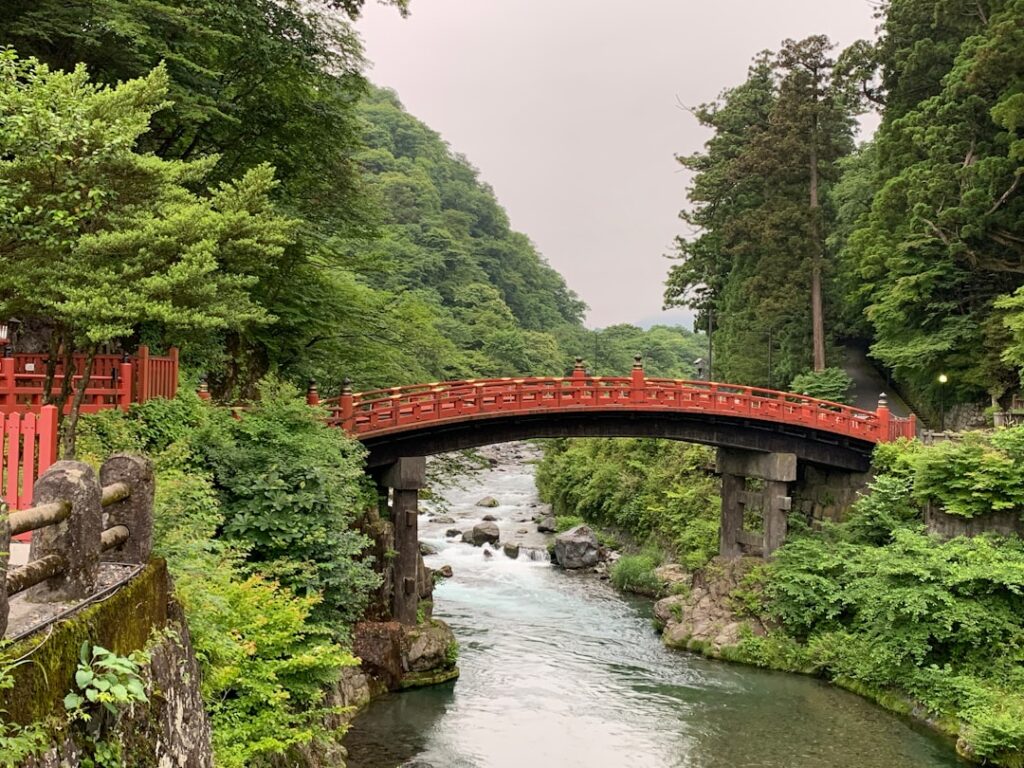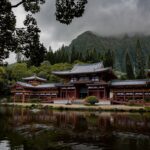Are you ready to escape the bustle of Kyoto’s city streets and immerse yourself in the healing power of nature? While Kyoto is famed for its iconic temples and Kyoto Station’s neon-lit skyline, its lesser-known secret is the abundance of tranquil forests hidden just beyond the tourist maps. In this feature, we’ll unveil the magic of Shinrin-yoku—Japanese forest bathing—in deep Kyoto, revealing remote trails and local experiences that promise to soothe body and soul. Discover the restorative effect of the forest’s embrace and why more travelers seek serenity among Kyoto’s ancient trees.
Kyoto’s Hidden Shinrin-yoku Gems: Ohara, Kurama & Kibune
Venture beyond the well-trodden paths of Arashiyama and Fushimi Inari, and you’ll find a world of verdant forests where silence and the scent of moss linger in the air. Ohara, nestled to the northeast, reveals hidden bamboo groves and peaceful shrines, perfect for wandering in solitude. The Kurama region, famed for its mystical atmosphere, features cedar-lined trails leading up to Kurama-dera Temple, where the air feels downright magical. Kibune offers a lush mountain setting with riverside paths shaded by old-growth trees, ideal for deep Shinrin-yoku.
Getting there is part of the adventure: Ohara is best reached by Kyoto Bus (approx. 1 hour from the city center), while Kurama and Kibune are accessible by the Eizan Electric Railway, a scenic ride itself. Each locale offers a unique blend of serene landscapes, lesser-known temples, and forest solitude, making them favorites among Kyoto locals seeking true tranquility.
Experiencing Shinrin-yoku: Tours & Unique Activities
Forest bathing isn’t just a stroll among the trees—it’s a tap into the centuries-old connection between humans and nature. In Kyoto’s deep-forest neighborhoods, guided tours immerse participants in mindful walking, slow breathing, and sensory meditation. Many local operators now offer tailored Shinrin-yoku tours that include:
- Guided silent walks along secret trails and temple forest paths
- Forest meditation sessions, often with the gentle trickling of mountain streams
- Japanese herbal tea experiences, featuring infusions made with locally foraged ingredients such as yomogi and sansho leaves
- Optional add-ons like riverside picnics or open-air yoga
One highlight many visitors rave about is enjoying a cup of steaming wild-harvested tea while seated on mossy stones, surrounded by birdsong and the soft rustle of leaves. Local guides also teach guests how to tune their senses—listening to the wind, feeling the earth underfoot—to unlock a deeper form of relaxation.
Voices from the Forest: Local Guides & Traveler Stories
To glimpse the true heart of Shinrin-yoku, we asked some local Kyoto guides and international visitors to share their memories:
Kei Shimizu, Forest Guide (Ohara): “People often arrive tense, but by the end of a walk, their posture changes—they breathe deeper, and their eyes sparkle. Kyoto’s forests have healing power.”
Sophia (Germany, Visitor): “The forest near Kurama felt like stepping into another world. Listening to the creek, meditating beneath ancient trees—it was the highlight of my Japan trip.”
Travelers often mention the deep sense of calm they experience, even when language barriers exist. Local guides bridge those gaps with hospitality, storytelling, and gentle encouragement to slow down and savor the present moment.
When & How to Enjoy: Best Seasons and Practical Tips
Kyoto’s forests change their character with each season, but the best times for Shinrin-yoku are:
- Late spring (May–June): When new leaves form a fresh green canopy and wildflowers bloom.
- Early autumn (late September–November): When golden and crimson foliage set the forests ablaze with color.
What to bring: Wear comfortable walking shoes, long sleeves, and pants to protect from insects. A reusable water bottle, light rain jacket, and a hat are recommended. Please observe local etiquette—speak quietly, take only photos, and respect the natural environment.
As more travelers seek restorative escapes, Kyoto’s secret forests are waiting with whispers of old Japan—a sanctuary for the senses, yet untouched by the crowds.







